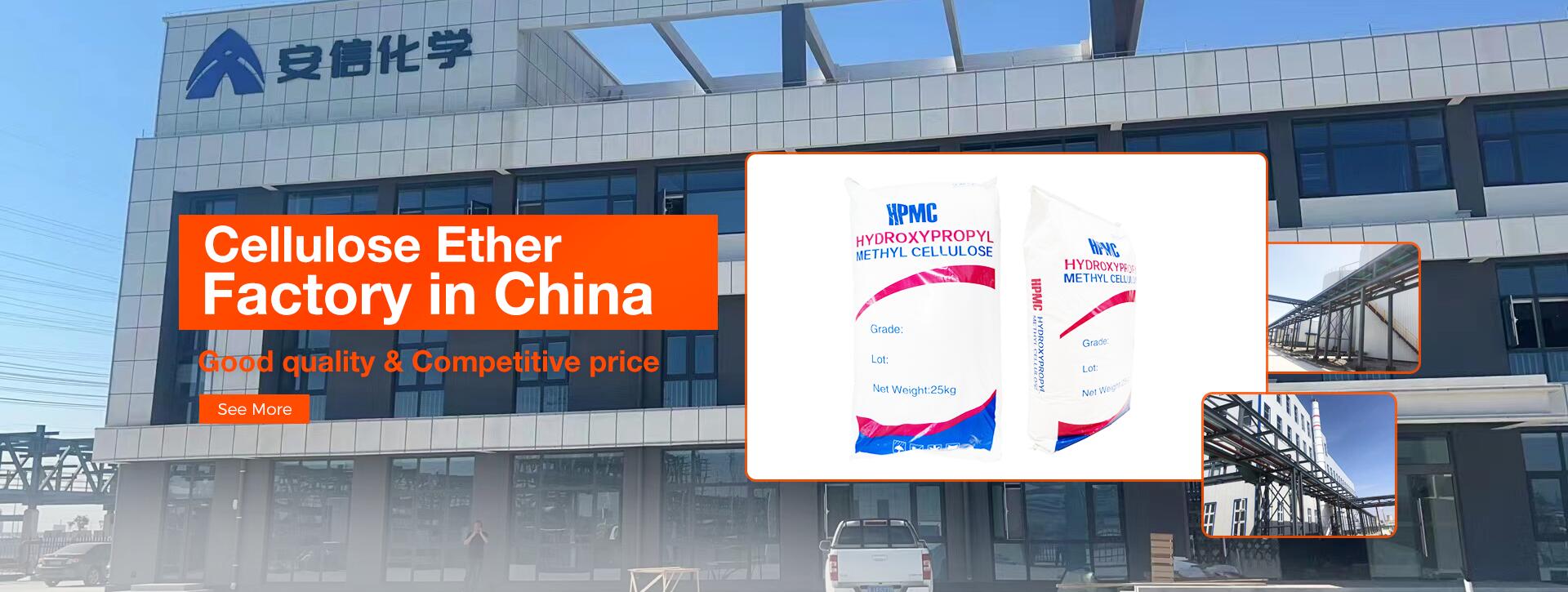Application of Hydroxypropyl Methyl Cellulose in Food and Cosmetics Industry
Hydroxypropyl Methyl Cellulose (HPMC) is a versatile compound with wide-ranging applications in both the food and cosmetics industries. Derived from cellulose, which is the main component of plant cell walls, HPMC is modified through chemical processes to enhance its properties for various applications.
Food Industry Applications:
Thickening Agent: HPMC serves as a thickening agent in food products, adding viscosity and texture. It improves the mouthfeel and appearance of sauces, soups, and gravies without significantly altering taste.
Stabilizer: Its ability to form a gel-like structure makes HPMC an excellent stabilizer in foods such as ice cream, yogurt, and dressings. It prevents phase separation and maintains consistency over a range of temperatures.
Fat Replacement: In low-fat or reduced-calorie food products, HPMC can mimic the texture and mouthfeel of fats, improving palatability without adding calories.
Gluten-Free Baking: HPMC is often used in gluten-free baking to replace the binding and structural properties of gluten, improving the texture of bread, cakes, and other baked goods.
Film Formation: HPMC can be used to create edible films for food packaging, providing a barrier against moisture and oxygen to extend shelf life.
Encapsulation: In encapsulation techniques, HPMC can be used to entrap flavors, colors, or nutrients within a protective matrix, releasing them gradually during consumption.
Cosmetics Industry Applications:
Emulsifier: HPMC stabilizes emulsions in cosmetic formulations, preventing the separation of oil and water phases. This is crucial in products like lotions, creams, and serums.
Thickener: Similar to its role in food products, HPMC thickens cosmetic formulations, improving their consistency and spreadability. It enhances the sensory experience of products like shampoos, conditioners, and body washes.
Film Former: HPMC forms a thin, flexible film when applied to the skin or hair, providing a protective barrier and enhancing moisture retention. This is beneficial in products like mascaras, hair styling gels, and sunscreens.
Binder: In pressed powders and solid formulations, HPMC acts as a binder, holding the ingredients together and preventing crumbling or breakage.
Suspension Agent: HPMC can suspend insoluble particles in cosmetic formulations, preventing settling and ensuring uniform distribution of pigments, exfoliants, or active ingredients.
Controlled Release: Similar to its use in food encapsulation, HPMC can be employed in cosmetics to encapsulate active ingredients, allowing for controlled release over time for enhanced efficacy.
Regulatory Considerations:
Both the food and cosmetics industries are subject to stringent regulatory requirements regarding the use of additives and ingredients. HPMC is generally recognized as safe (GRAS) by regulatory authorities when used within specified limits in food products. In cosmetics, it is approved for use in various formulations by regulatory bodies such as the FDA (U.S. Food and Drug Administration) and the EU Cosmetics Regulation.
Hydroxypropyl Methyl Cellulose plays a vital role in both the food and cosmetics industries, serving as a versatile ingredient with numerous functional properties. Its ability to thicken, stabilize, emulsify, and encapsulate makes it indispensable in a wide range of applications. With its favorable safety profile and regulatory approval, HPMC continues to be a preferred choice for formulators seeking to enhance the quality and performance of their products in both industries.
Post time: Apr-16-2024
